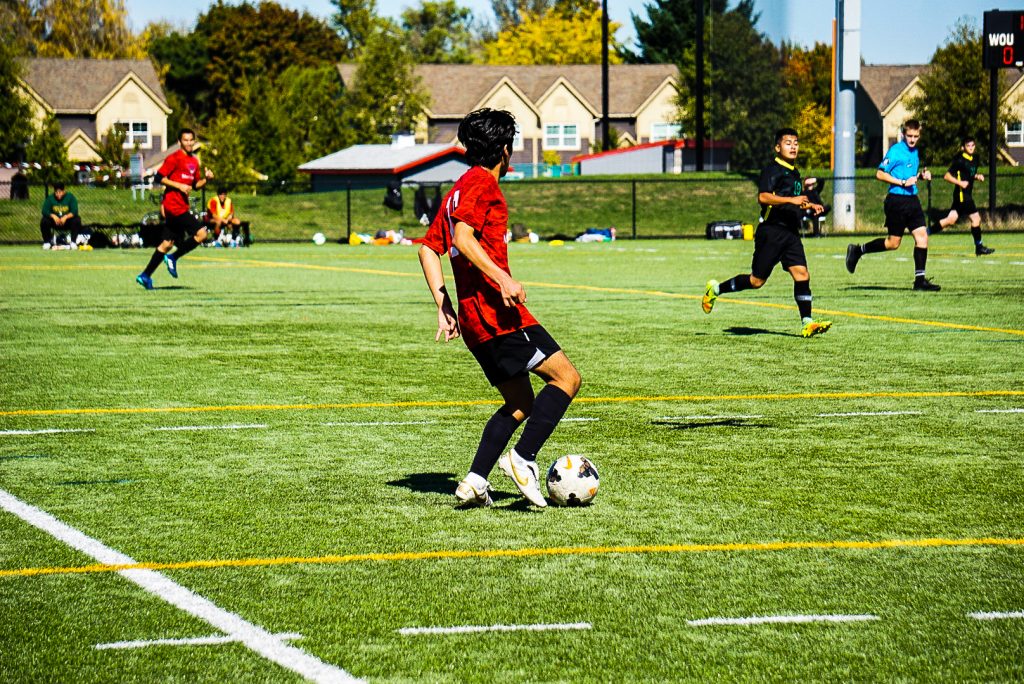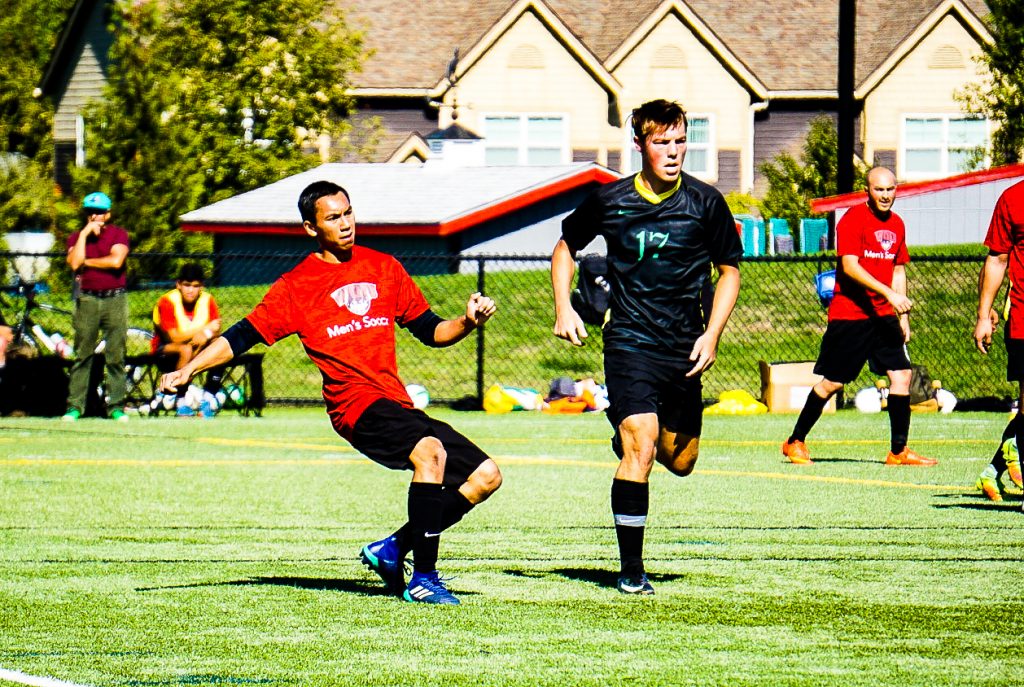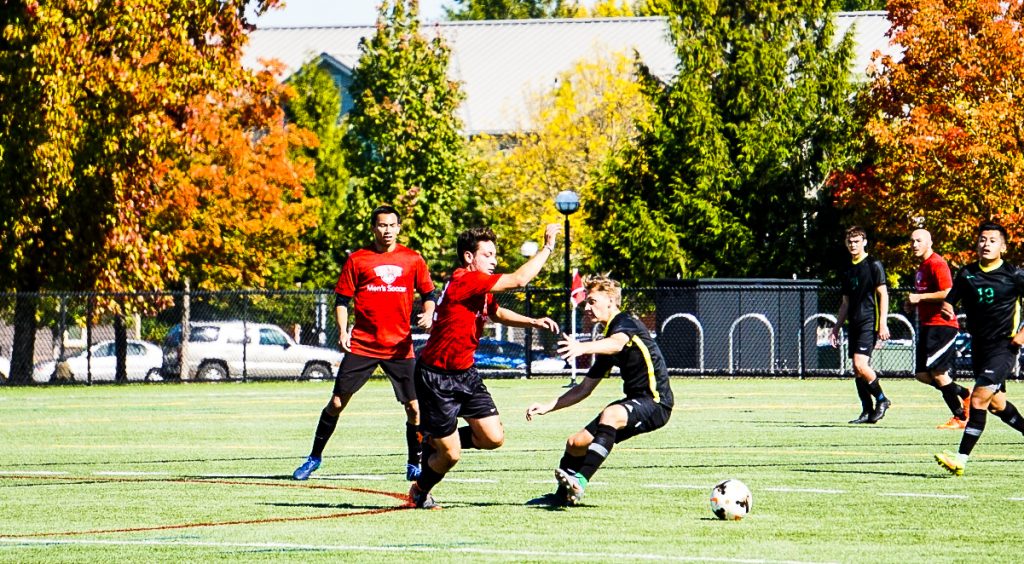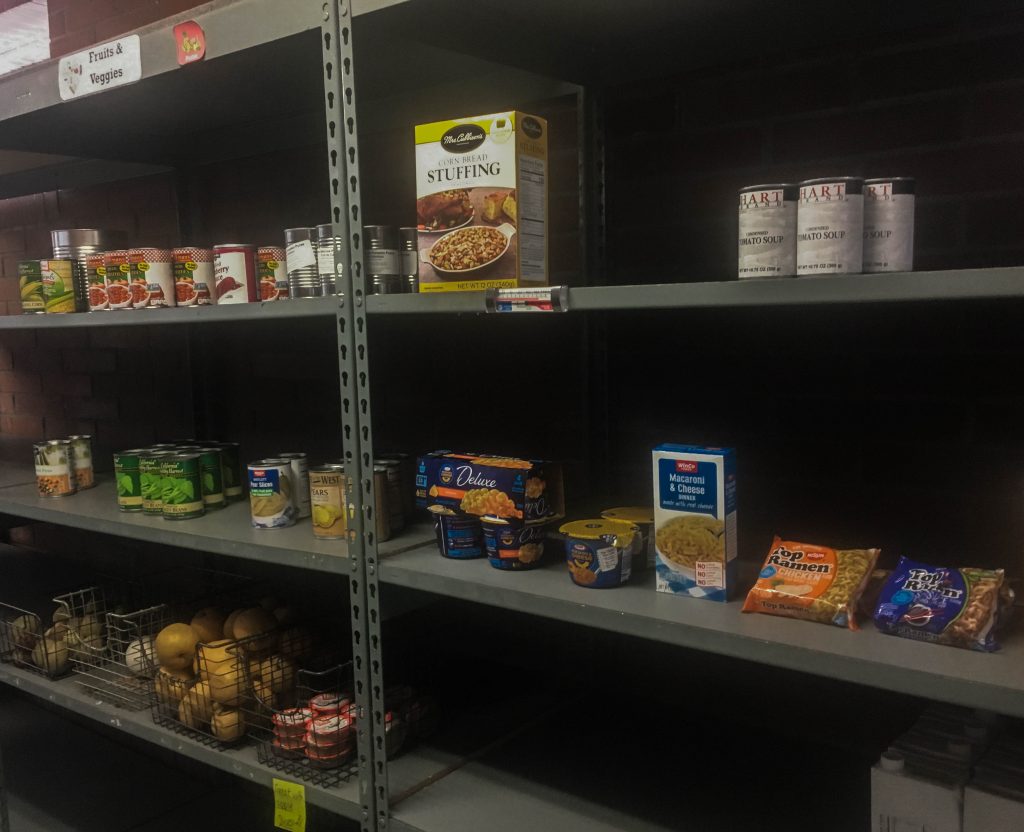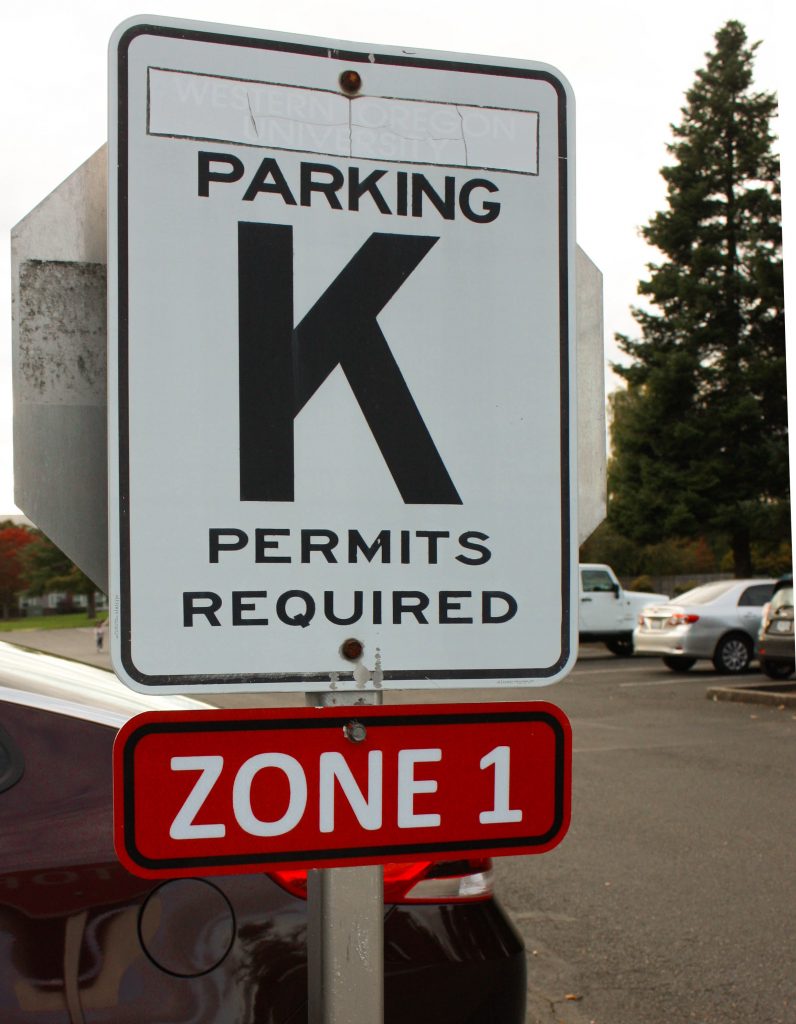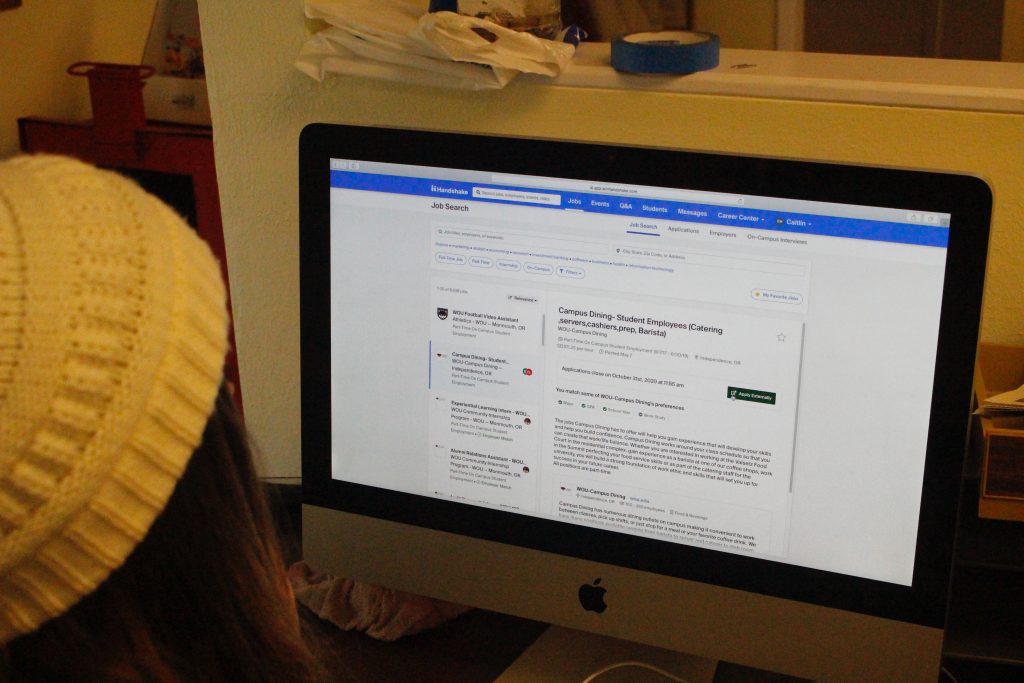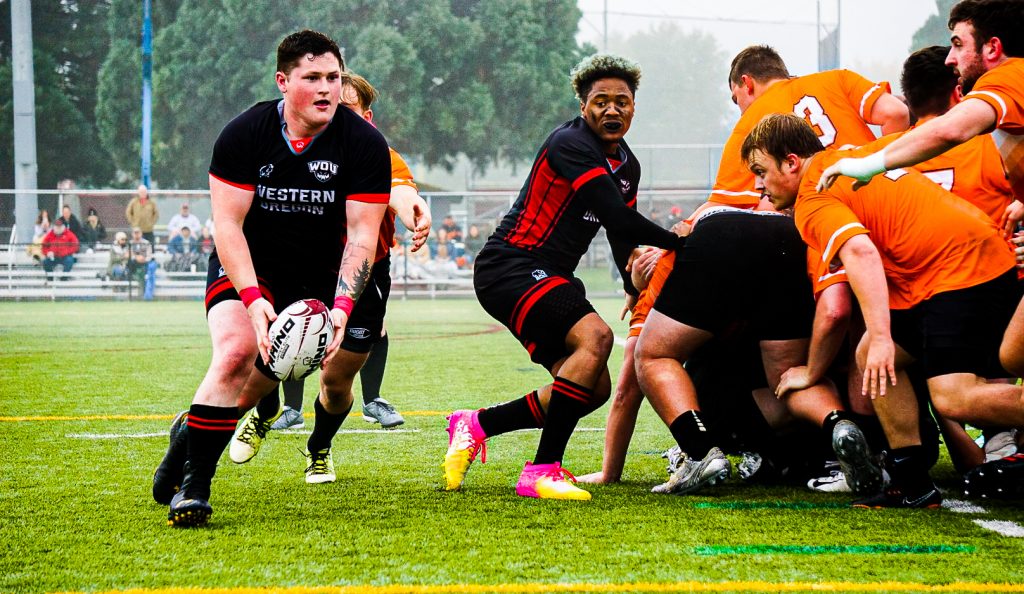
Hannah Greene | Sports Editor
Saturday morning called for misty skies, hot tea and the first home game for Men’s Rugby. Oct. 5, the Wolves played Oregon State University as their debut match for the 2019 season, bringing home a well-earned win.
Stepping onto the pitch, players and spectators could barely see 10 yards in front of them, as the mist circled each player as they warmed up. The fog continued to lay across the field, claiming its stake.
“This is great rugby weather!” exclaimed the sir of the match.
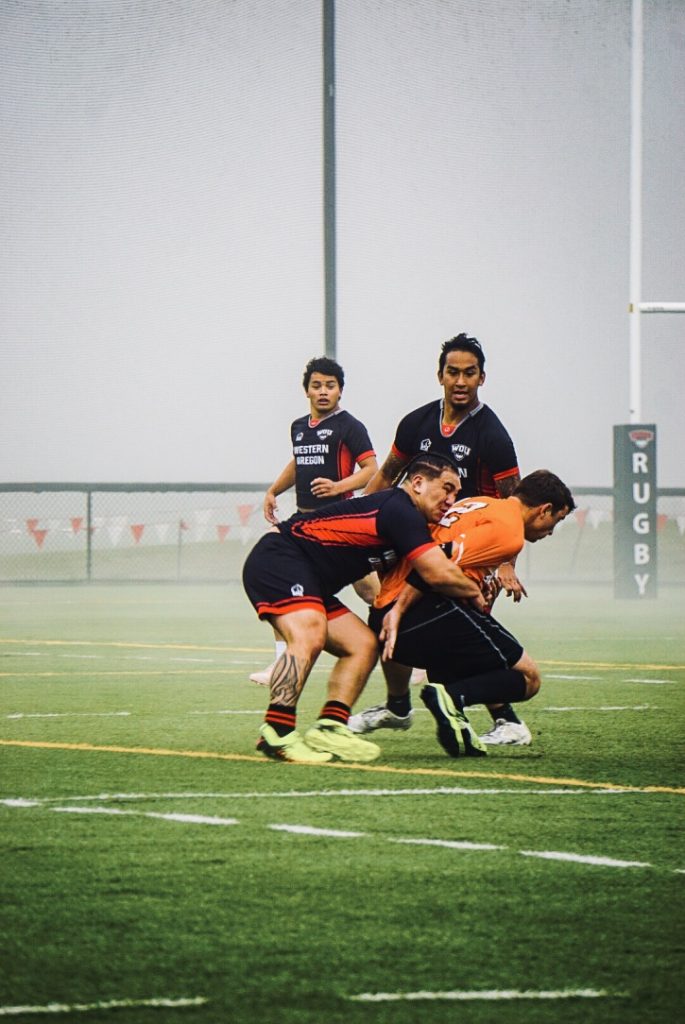
Bernard Barber — a senior for the Wolves, studying business with a focus in marketing — felt confident in himself and his team to start this season on the right foot.
“We’ve done a lot of preparation… watched a lot of film. I believe every guy is prepared today, I believe we’re more confident this year,” Barber said.
With a lot of seniors from the previous team now gone and a tough playoff loss in the previous season, the Wolves have something to climb for.
“We want to come back and prove ourselves this year and be better than we were last year,” said Barber. The Wolves got an early start to the season by beginning their practices during the summer, as well as adding an extra day, making practice five days a week.
The start of the game was filled with energy and consistenecy from both teams. Oregon State University, a rival, has been a difficult opponent for the Wolves in the past. Throughout the match, the Beavers put up great battles to stop scoring opportunities for the Wolves. Oregon State University won some rough tackles and completed two unanswered tries before Western could put one down.
The Wolves continued to push on to get some points on the scoreboard.
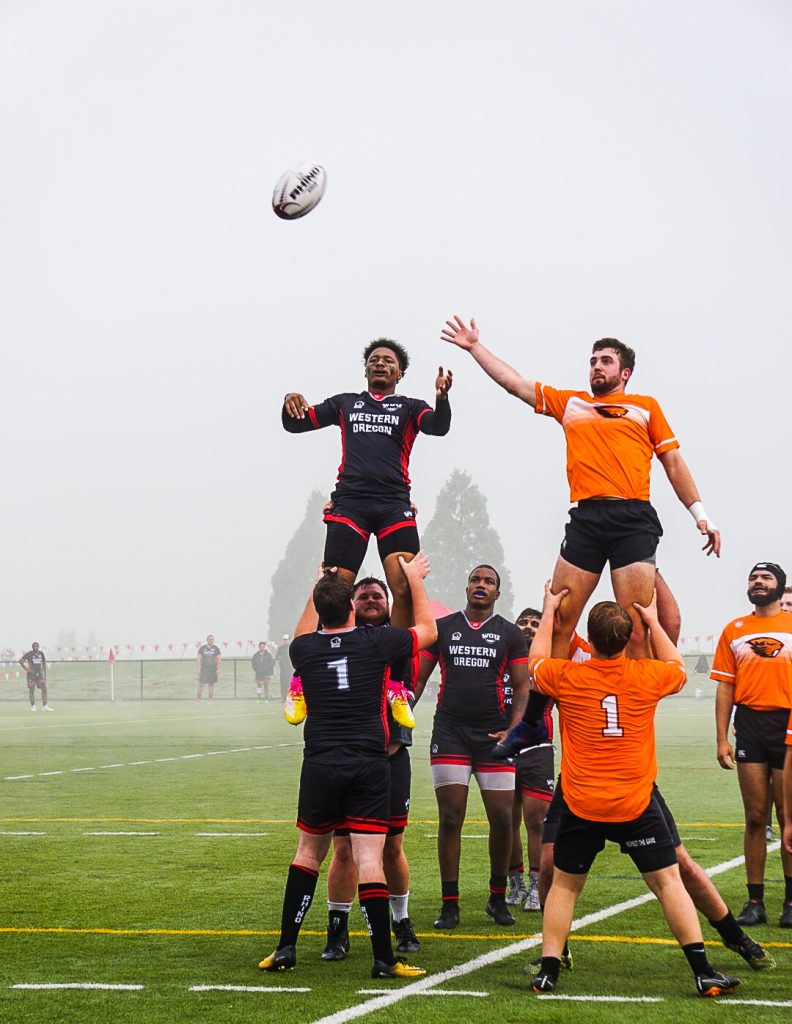
Breakthrough player — first-year on the team, Keegan Echevarria — scored a try after an intense run, being tackled into the point. This was followed by a conversion of two points from kicker and player — a returning sophomore, Braedon Eltagonde — leaving the Wolves hungry for more.
Keegan Echevarria scored the Wolves’s second try as well, catching them up to the Beavers. The Wolves kicker completed the second two-point conversion putting the team ahead of Oregon State University.
But the Beavers weren’t done yet. They answered the Wolves point with another completion, making their score 19. Unfortunately for the Wolves, Echevarria was unable to finish the game due to an injury sustained during play, leaving them a man down. That didn’t stop them, though, as they continued gaining momentum.
Moments later, Trever Kahunahana — one of the Men’s Rugby team captains — left to the sideline after a strain in his right leg kept him from finishing the game, leaving the team to play two men down.
This had no effect on the Wolves. They came back with another completion by Bernard Barber and a two-point completion by Braedon Eltagonde, making the score 19-21, Western.
The last minutes of the game had everyone on the edge of their seats with the seconds ticking away. The final whistle blew as the Wolves rushed the field to celebrate their first season win.
“We put it all together out on the field… makes me feel good, feel proud of everyone out here,” said Riley Bardes, a senior studying Exercise Science, in regards to their first win at home. “We have a pretty bright future — a lot to live up to — but we’re more than ready to do it.”
Contact the author at howlsports@wou.edu
Photos by Hannah Greene


